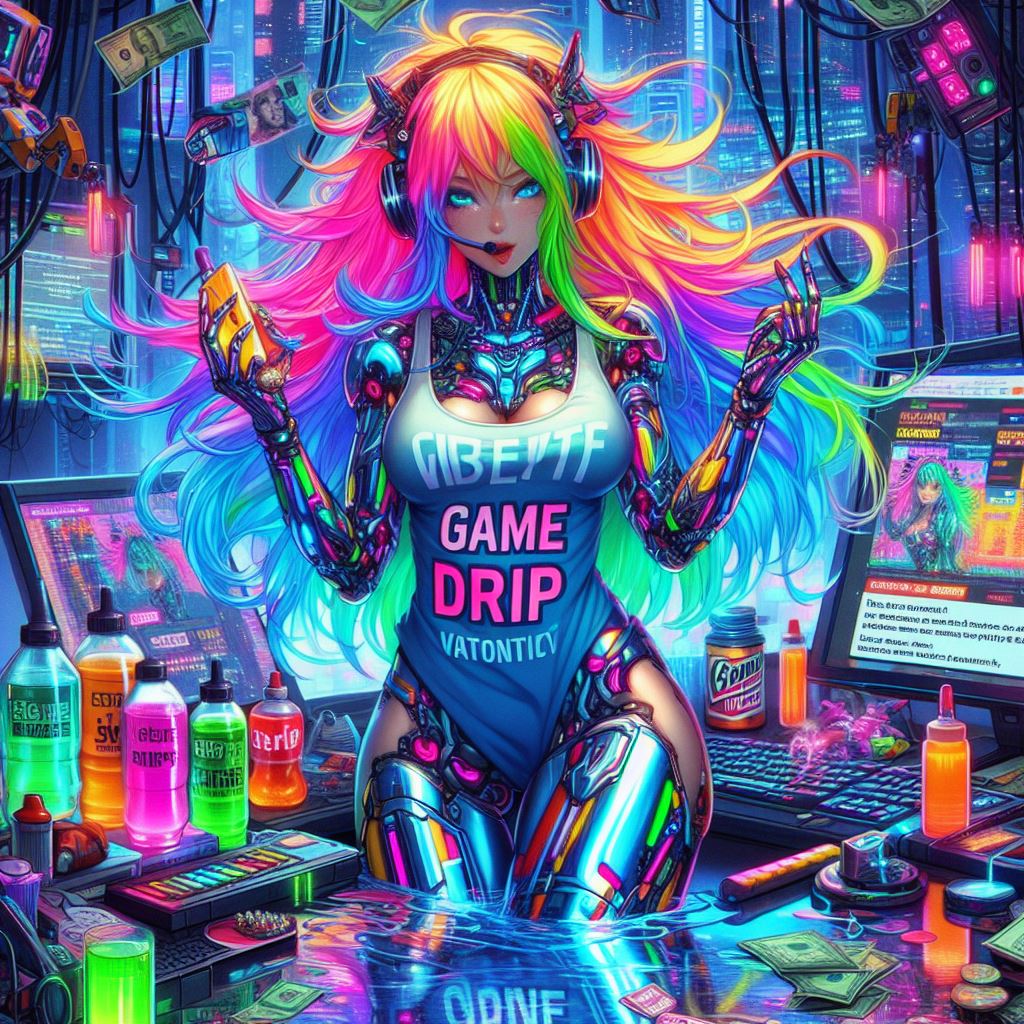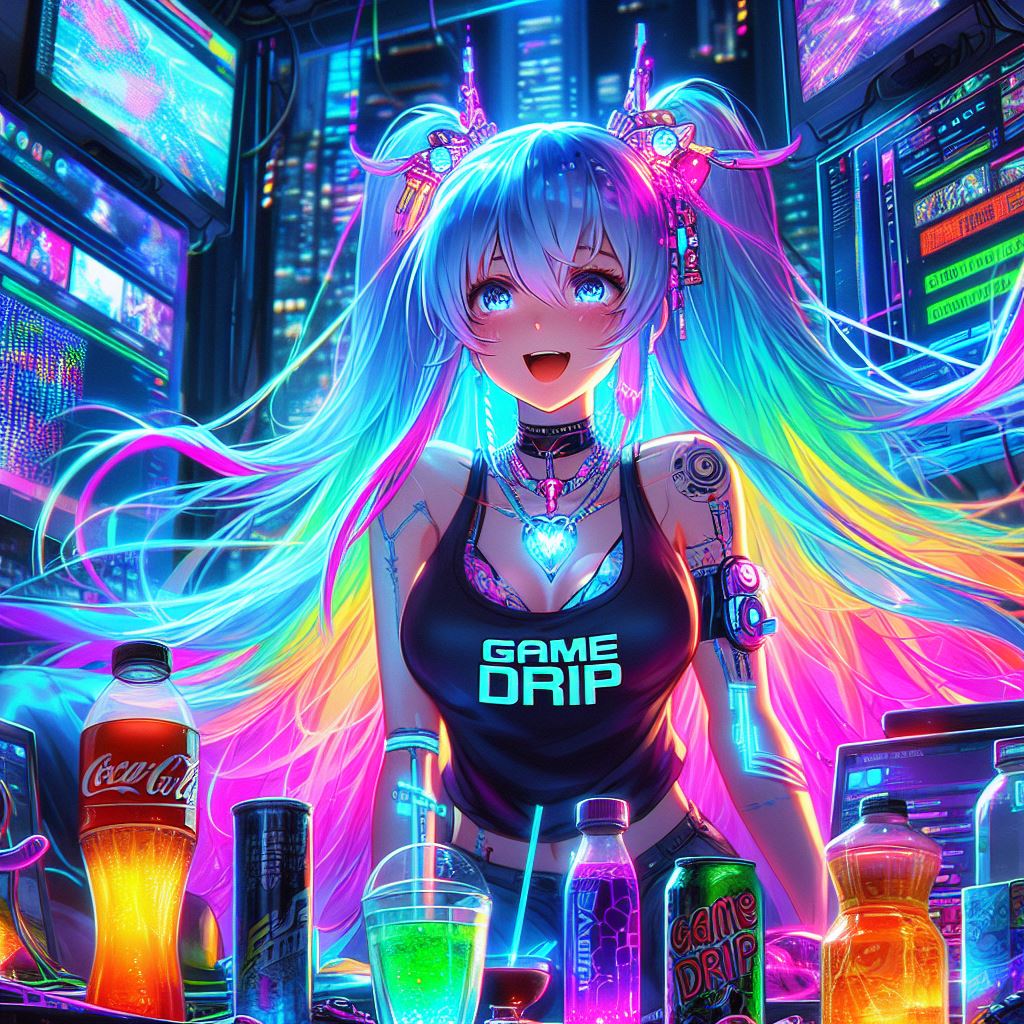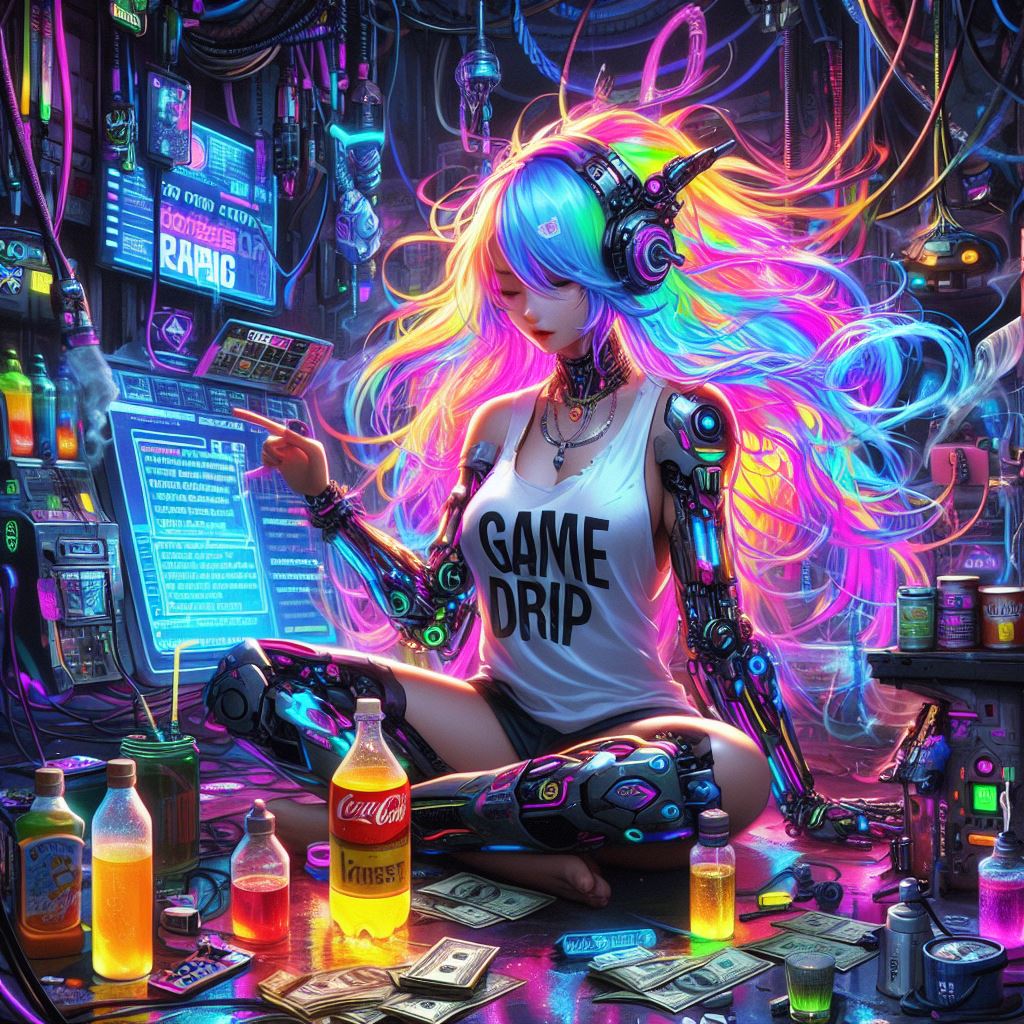As featured on New Minecraft Servers
#DarkSword #1.12.2 #RPG #Minecraft #server
❖≈≈≈≈≈≈≈≈≈≈≈≈≈≈≈≈◁ Dark Sword ▷≈≈≈≈≈≈≈≈≈≈≈≈≈≈≈≈≈≈≈≈ ❖

➤ Dark Sword is a real RPG server. It has existed for more than 6 years, and fights with all its might for fair play, without dupes, cheats and other currently popular things.
➤ We are not chasing fashion, but trying to make the server as original as possible, different from the others.
❖≈≈≈≈≈≈≈≈≈≈≈≈≈≈≈≈◁ Bosses ▷≈≈≈≈≈≈≈≈≈≈≈≈≈≈≈≈≈≈≈≈ ❖
➤ At the moment there are more than 40 bosses of varying difficulty on the server, from the weakest to the terribly strong. They are divided into level and regular bosses.
❖QUARICARY ≈QUARY ≈QUARY ≈QUARY ≈QUAS ≈QUA ◁ POTICA ▷ ≈QUARY ≈QUA

➤ We have many locations with enemy mobs where you can farm armor, experience and money.
❖≈≈≈≈≈≈≈≈≈≈≈≈≈◁ Own level system ▷≈≈≈≈≈≈≈≈≈≈≈≈≈≈≈≈≈❖
➤ Our own system of levels and blocking, written specifically for our server. 20 levels, with the ability to upgrade.
➤ At the beginning, only starting items are available to you, and you will not be able to use items of a higher level than yours.
➤ Leveling up will unlock this feature.

❖≈QUARY ≈QUARY ≈QUARY ≈QUARY ≈QUAS ≈QUA ◁ A good start ▷ ≈QUARY ≈QUA
➤ In the initial locations, things will not drop out, which will allow you to get to know the server well.
❖≈≈≈≈≈≈≈≈≈≈≈≈≈≈≈≈◁ Titles ▷≈≈≈≈≈≈≈≈≈≈≈≈≈≈≈≈≈≈≈≈ ❖
➤ For killing level bosses, you will unlock ranks, which is also a prefix in front of your nickname, which you can set at any time using a convenient menu with the /rank command.
❖≈≈≈≈≈≈≈≈≈≈≈≈≈≈≈≈◁ Special awards ▷≈≈≈≈≈≈≈≈≈≈≈≈≈≈≈≈≈≈≈≈ ❖
➤ For killing bosses whose level is a multiple of 10, you receive special rewards, for example, killing a level 10 boss gives you the ability to /fly in the normal world.
❖≈≈≈≈≈≈≈≈≈≈≈≈≈≈≈≈◁ Guilds ▷≈≈≈≈≈≈≈≈≈≈≈≈≈≈≈≈≈≈≈≈ ❖
➤ The server contains one of the best paid plugins for team play – Guilds. It adds guilds, allows you to level them up, and unlock new features, such as damage multiplier, experience, kit sets and buffs. Create alliances and wars between guilds, conduct battles in the arena.
❖≈≈≈≈≈≈≈≈≈≈≈≈≈≈≈≈◁ Quests ▷≈≈≈≈≈≈≈≈≈≈≈≈≈≈≈≈≈≈≈≈ ❖
➤ Quests (tasks) are one of the elements of the RPG genre; our story is told by a unique story that we write ourselves.
❖≈≈≈≈≈≈≈≈≈≈≈≈≈≈≈≈◁ Skills ▷≈≈≈≈≈≈≈≈≈≈≈≈≈≈≈≈≈≈≈≈ ❖
➤ There are several types of spells (skills) on the server, which are quite problematic to obtain. For example, a jump spell pushes the player in the direction he is looking. This gives advantages both when chasing someone and when running from someone.
❖≈≈≈≈≈≈≈≈≈≈≈≈≈≈≈≈◁ AureliumSkills ▷≈≈≈≈≈≈≈≈≈≈≈≈≈≈≈≈≈≈≈ ≈❖
➤ An analogue of the well-known RPG plugin McMMO, only more advanced. A huge number of passive skills that will help both in normal survival and when fighting a boss. A more detailed description can be found behind the /sk command on the server.
❖≈≈≈≈≈≈≈≈≈≈≈≈≈◁ Constant development ▷≈≈≈≈≈≈≈≈≈≈≈≈≈≈≈≈❖
➤ Our server does not stand still. To keep players from getting bored, we are constantly adding new bosses, locations, and other updates. We are reworking the balance and trying to increase the convenience of the game for everyone, both donors and regular players.❖≈≈≈≈≈≈≈≈≈≈≈≈≈◁ Classes ▷≈≈≈≈≈≈≈≈≈≈≈≈≈≈≈≈❖
➤ We have 6 main classes that give their own increases to the player’s characteristics and open access to unique crafts with skills.❖≈≈≈≈≈≈≈≈≈≈≈≈≈◁ Custom textures ▷≈≈≈≈≈≈≈≈≈≈≈≈≈≈≈≈❖
➤ The server has more than 1000 textures for almost all things obtained in the RPG world. Downloaded when logging into the server, or manually by the player. The main thing is to use version 1.12.2 OptiFine.❖≈QUARY ≈QUARY ≈QUARY ≈QUARY ≈QUAS ≈QUA ◁ DONAT ▷ ≈QUA
➤ There are temporary donation services on the server. But in fact, they simply make the game easier, without giving donors a big advantage over players.
❖≈≈≈≈≈≈≈≈≈≈≈≈≈≈≈≈◁ GameMode ▷≈≈≈≈≈≈≈≈≈≈≈≈≈≈≈≈≈≈≈≈ ❖
➤ No /gm 1 for players! We don’t sell this stuff at all. Only developers who constantly improve the server have such capabilities.
➤ No consoles or frames for players! Here you won’t be banned by some donator, simply because he wanted to!
❖≈≈≈≈≈≈≈≈≈≈≈≈≈≈≈≈◁ Helpers ▷≈≈≈≈≈≈≈≈≈≈≈≈≈≈≈≈≈≈≈≈ ❖
➤ Helpers are our staff who are on duty on the server during the daytime. They will always answer questions from newcomers and punish violators. We are very strict with cheaters; they have no place on our server. Helpers check players for cheats and issue appropriate punishments. Also, we have strict chat rules that do not allow swearing or insulting someone. In such cases, you will get mut.





















